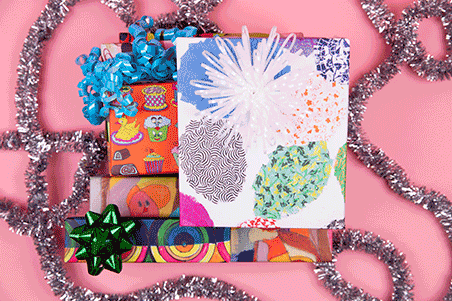Artist Clicks Her Vision Into Place
- Share via
Watercolorist Linda Banks Ord chides her pigments as if they are unruly children. When a wayward dab of ocher bleeds across her painting, the artist confides that working with watercolor is both delightful and nettlesome.
“No matter how much you know, no matter how much experience you have, you are never in control,” Ord says. “You are always responding to it, and watercolor has a will of its own.”
To prepare herself for battle with her capricious pigments, Ord first maps out her paintings on computer before she lifts a brush. Her watercolors are still drawn by hand, but she uses a computer to adjust the size, color and shape of her compositions.
At one end of her Laguna Niguel studio are brushes, pigments and papers. At the other end are an Apple Power Macintosh 8100, a Hewlett-Packard scanner and Adobe Photoshop software--tools as ubiquitous as brushes now in many studios.
Some artists marry their work to the computer, using it to both create and exhibit their art. Artists like Ord turn to the computer to experiment with composition or color before approaching their blank paper.
“Computers allow artists to try lots of options that would be very laborious to do by hand,” says Michael Rodemer. An instructor of new media at the School of Art and Design at the University of Michigan, Rodemer says most art schools now use computers in their curricula.
Ord’s paintings often begin with a photograph. A work in progress was inspired by photos she took in June of painters in the Louvre in Paris copying works by the old masters. Ord eventually chose to place the subject from one photo into the setting of another. On the computer, Ord cropped her photo, repositioned her subject and changed some of the shadows and colors.
Composition is especially critical for painters working with watercolor, Ord says, because the medium forces them to work quickly. Testing a composition’s color, size and form on her computer also helps her avoid the chore of preliminary sketching.
In “Young Woman Series #9,” Ord captures her daughter, Kristin, deep in thought reading a newspaper. At first, says the artist, the composition looked flat. The wall behind Kristin looked drab. A stair railing cluttered the background.
After scanning the photo into her computer, Ord lifted out the elements that bothered her and scanned in new elements that she felt added color and energy.
“I love the computer. I’m totally in control,” says Ord, 50, who holds degrees in fine arts and painting.
Most of her subjects appear to be lost in reverie and appear to be looking past the viewer. Someone looking at Ord’s paintings at the Detroit Institute of Arts, where her work was recently exhibited, would probably never guess that the artist’s compositions took shape on a computer rather than a sketch pad.
“I find working on the computer restful. Painting with watercolor, now that’s exhausting.”
*
Gali Kronenberg is a freelance writer and regular contributor to The Times. He can be reached at gali.kronenberg@latimes.com
More to Read
The biggest entertainment stories
Get our big stories about Hollywood, film, television, music, arts, culture and more right in your inbox as soon as they publish.
You may occasionally receive promotional content from the Los Angeles Times.










